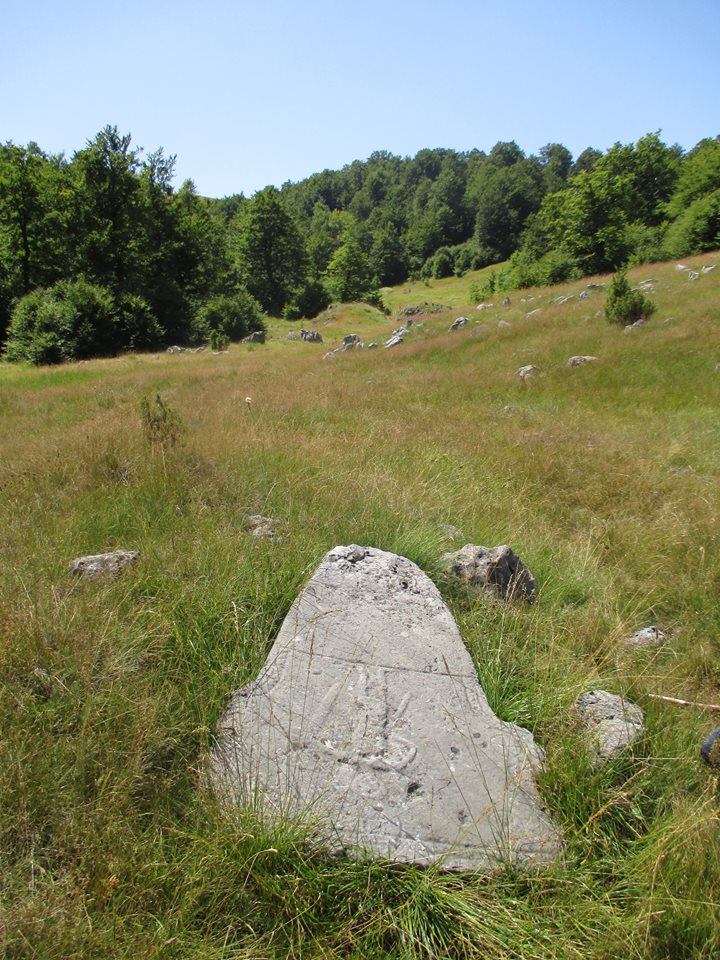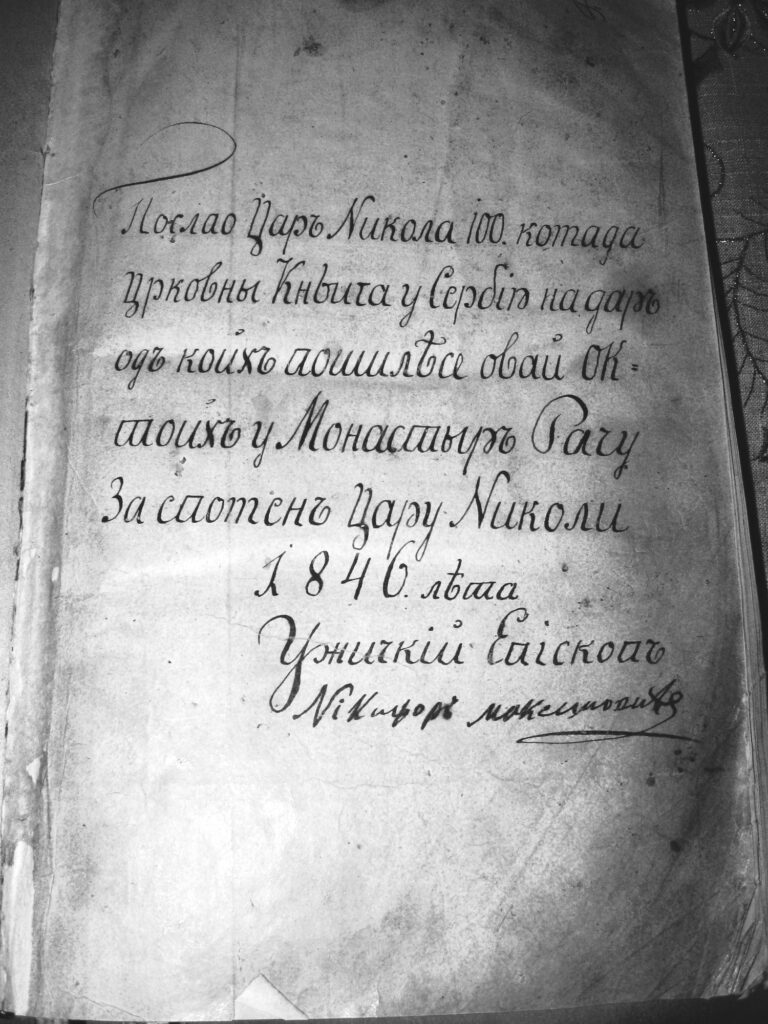Pittsburgh Post-Gazette
By Joan McQueeney Mitric
August 17, 2014
TEKERIS,Serbia – While western World War I history buffs will likely flock to fields in the region of Flanders in Belgium or retrace the gruesome reality of trench warfare in the French area of Somme this centennial summer, many Serbs will gather on Cer mountain to remember the young men who died over nine brutal and bloody days in August 1914.
Repelling a much stronger and better-outfitted Austrian war machine, the ragtag Serb Army – still exhausted from the 1912-13Balkan Wars and short on ammo, shoes and rifles — gave the Allies their first victory of WWI.
![]()
In doing so, Gens. Petar Bojovic , Stepa Stepanovic , Zivojin Misic and Pavle Jurisic Sturm earned themselves a spot in the annals of strategic military history. Their maneuvers on Cer are still studied today.
In another footnote of military history, the first aerial dogfight of WWI also took place when an Austrian pilot shot his revolver at a Serb plane doing reconnaissance over this ferocious battle in northwestern Serbia. Within weeks, all planes on both sides were armed.
By Joan McQueeney Mitric
August 17, 2014
TEKERIS,
Repelling a much stronger and better-outfitted Austrian war machine, the ragtag Serb Army – still exhausted from the 1912-13

The author's husband, Slobodan Mitric, with a statue of one of Serbia's
most famous generals [Voyvoda Zivojin Misic] at the 1914 Battle of Cer in Serbia.
Photo: Joan McQueeny Mitric
In another footnote of military history, the first aerial dogfight of WWI also took place when an Austrian pilot shot his revolver at a Serb plane doing reconnaissance over this ferocious battle in northwestern Serbia. Within weeks, all planes on both sides were armed.
Location of Tekeris in Serbia
Little known and rarely visited by foreigners, the site of the Cer battle with its unpretentious monument and a small museum at Tekeris is, nonetheless, sacred ground today for the great-grandchildren whose ancestors fell in these woods a century ago.
Lying on a mountain ridge betweenSabac and Loznica , the Tekeris monument is without pretense or fanfare. And, hence, touchingly moving. As one winds up the road from Sabac through Varna toward Krupanj , the countryside is verdant with fields of corn and orchards of plum, apple and quince . Glorious quilted squares of green and gold, reminiscent of the fecund fields of Umbria or Tuscany yield slowly to forests of oak, pine and linden. In such a serene and bucolic setting it’s hard to imagine armies clashing in the night. But one does, just as one visualizes lines of warriors at Gettysburg.
Thankfully, this visitor found nosouvenir shops , no tacky stands with patriotic flags or WWI medals, or old soldiers’ uniforms for sale at the Tekeris Monument. (A rough map depicting troop movements and place names for the Cer battle would help visitors get their bearings as indeed would a brief synopsis of the entire Eastern Balkan front, Cer and the Thesaloniki Front being so pivotal to the war’s final outcome. For this, Westerners must rely on historians and journalists like Misha Glenny and John Reed.)
Nor, sadly, is there a nearby roadside cafe or restaurant where a visitor might sit, look out on the forests sloping across theMacva plain and contemplate what, if anything, the human race has learned about the cost of war in 100 years.
Instead, there is a modest, one-room museum with four or five walls covered in hauntingly stark sepia or black and whitephotos , telegrams and letters from the August 1914 battle. Fields of misshapen bodies are juxtaposed against rutted country lanes lined with frightened families on foot or in ox carts evacuating under Serbian guard.
Other pictures show columns of deadpeasant women in colorful head scarves, embroidered aprons and national dress strung up on crosses — somebody’s barbaric idea of a sadistic, gruesome introduction to local folk culture .
Most wars have their share of atrocities, but historical accounts cite the unspeakable looting and burning of peasant villages, as well as the slaughter of civilians by both advancing and retreatingAustro-Hungarian troops in this early Balkan campaign as unprecedented for a 20th-century European theater. As they fled back across the Drina River into Bosnia , the villages of Macva were scarred by their passage.
If a visit to Tekeris Monument, and a walk in the woods nearby, is not enough, military historians and visitors can also visit Macvanski Prjnavor off the main road to Loznica, where they can see the lovely St. Ilija’s (Elias) Church and the Memorial Ossuary nearby. Both commemorate the fallen.
As for the final human toll, Austrians suffered a harsher, more lethal and devastating count. An estimated 10,000 died and another 30,000 were wounded at Cer. Serbs, too, fell en masse. About 4,500 Serbs died; another 15,000 critically bloodied and wounded waited hours for horse-drawn carts to take them to theValjevo field hospital some 42 miles away. Desperately wounded Austrians and Serbs lay on cots side by side in the Valjevo hospital and were ministered by the same nurses.
Today, in some military graveyards — such as the cemetery in nearby Krivaja Village — it is still possible to see fallen adversaries in their final resting spots, once again side by side. All graves are marked by the same simple stones.
Joan McQueeney Mitric is a freelance journalist/editor who divides her year between the Washington, D.C., area and Serbia.
http://www.post-gazette.com/life/travel/2014/08/17/Serbian-mountain-sacred-site-of-first-Allies-World-War-I-victory/stories/201408170021
*****
If you would like to get in touch with me, Aleksandra, please feel free to contact me at heroesofserbia@yahoo.com
*****
Lying on a mountain ridge between
Thankfully, this visitor found no
Nor, sadly, is there a nearby roadside cafe or restaurant where a visitor might sit, look out on the forests sloping across the
Instead, there is a modest, one-room museum with four or five walls covered in hauntingly stark sepia or black and white
Other pictures show columns of dead
Most wars have their share of atrocities, but historical accounts cite the unspeakable looting and burning of peasant villages, as well as the slaughter of civilians by both advancing and retreating
If a visit to Tekeris Monument, and a walk in the woods nearby, is not enough, military historians and visitors can also visit Macvanski Prjnavor off the main road to Loznica, where they can see the lovely St. Ilija’s (Elias) Church and the Memorial Ossuary nearby. Both commemorate the fallen.
As for the final human toll, Austrians suffered a harsher, more lethal and devastating count. An estimated 10,000 died and another 30,000 were wounded at Cer. Serbs, too, fell en masse. About 4,500 Serbs died; another 15,000 critically bloodied and wounded waited hours for horse-drawn carts to take them to the
Today, in some military graveyards — such as the cemetery in nearby Krivaja Village — it is still possible to see fallen adversaries in their final resting spots, once again side by side. All graves are marked by the same simple stones.
Joan McQueeney Mitric is a freelance journalist/editor who divides her year between the Washington, D.C., area and Serbia.
http://www.post-gazette.com/life/travel/2014/08/17/Serbian-mountain-sacred-site-of-first-Allies-World-War-I-victory/stories/201408170021
*****
If you would like to get in touch with me, Aleksandra, please feel free to contact me at heroesofserbia@yahoo.com
*****









